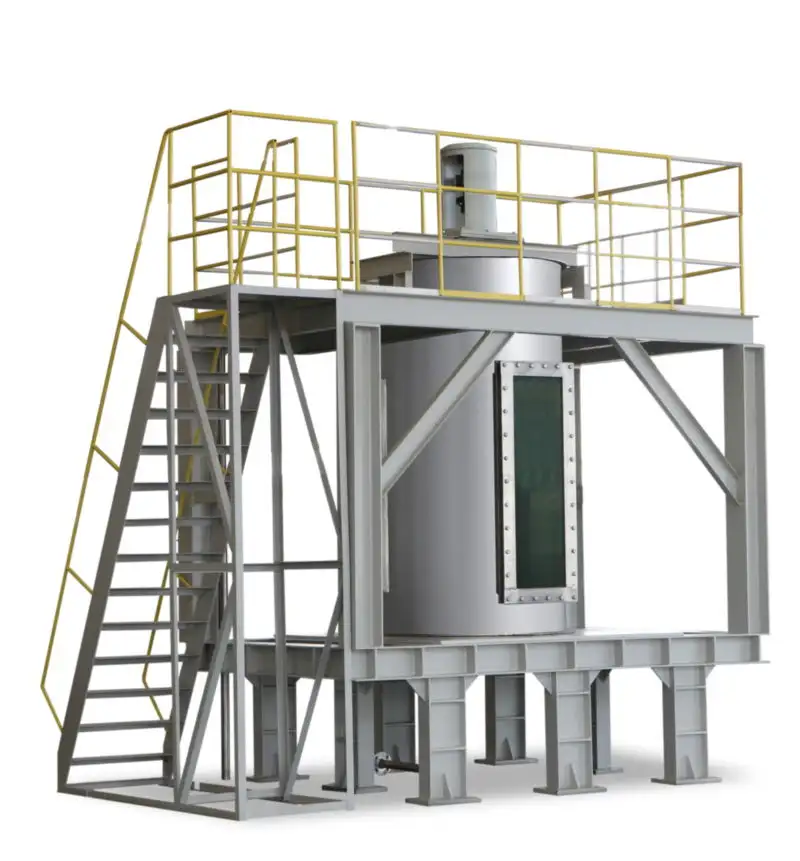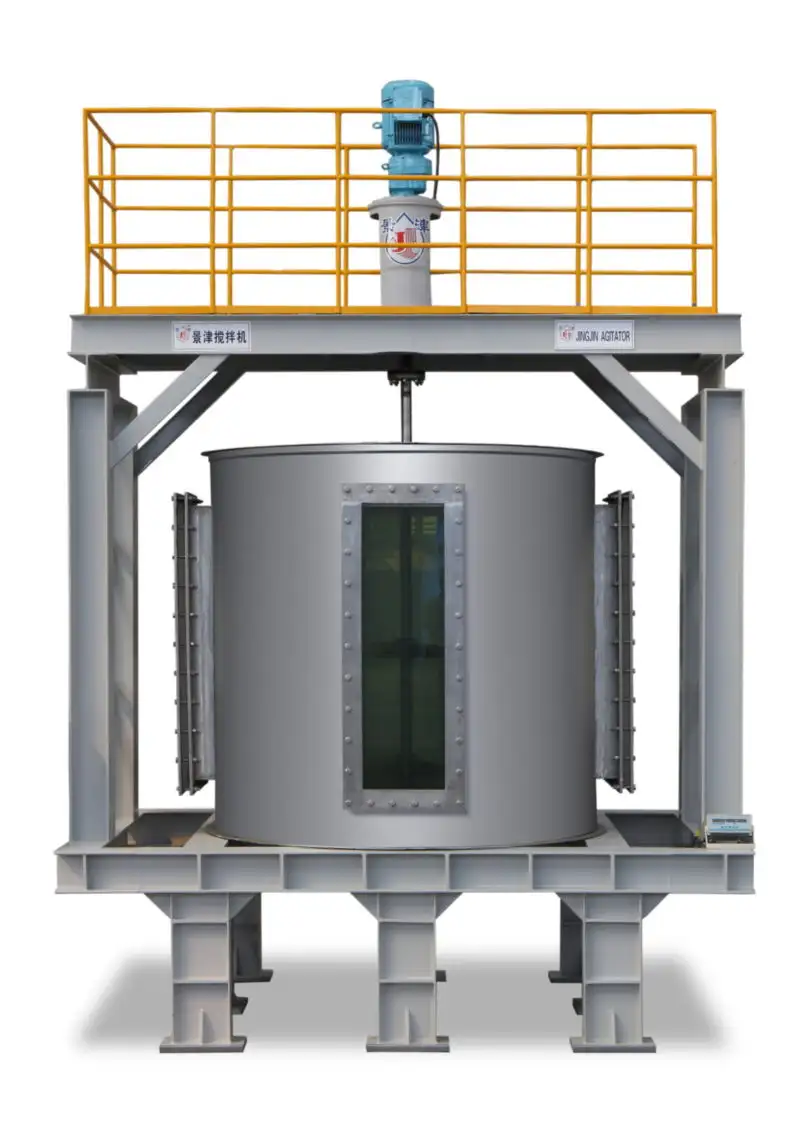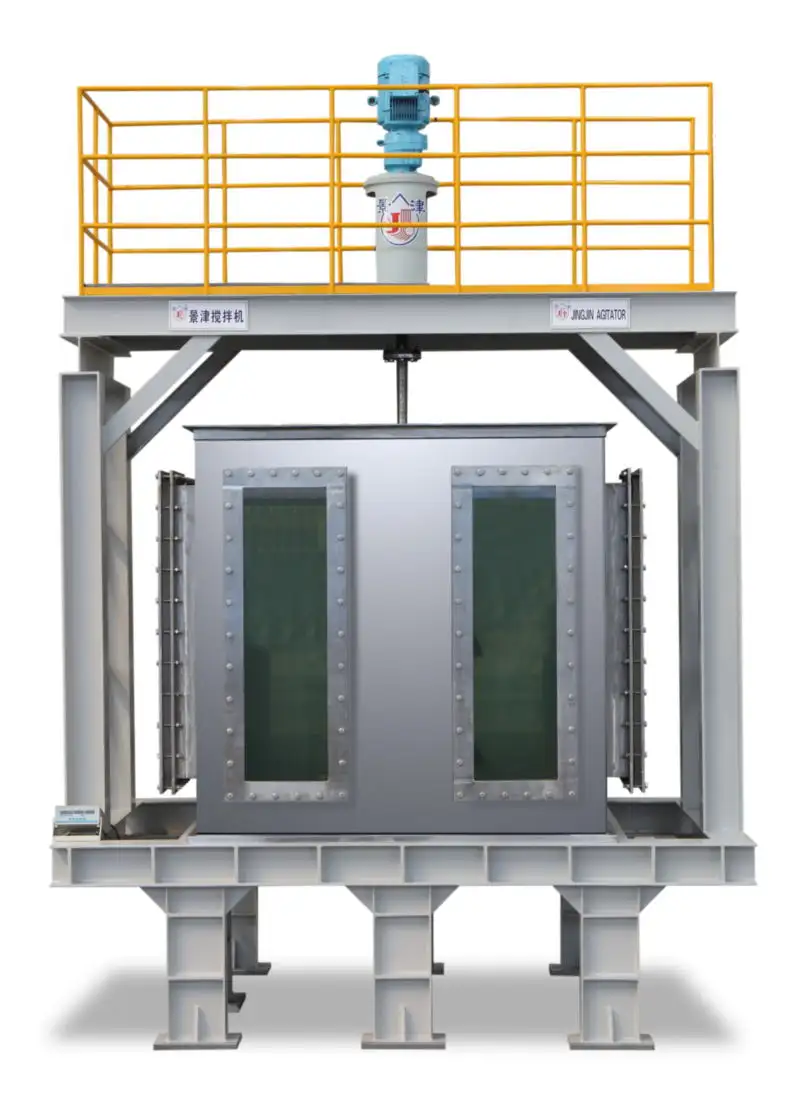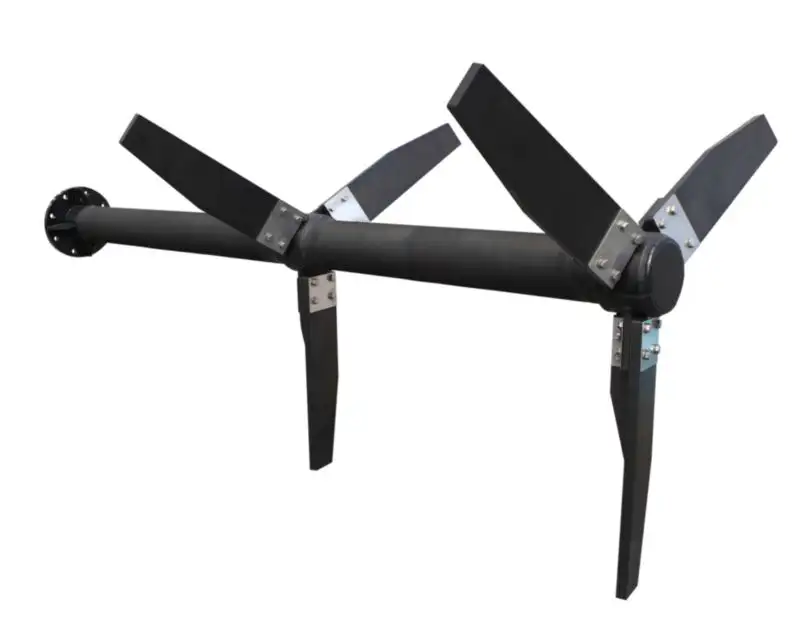
Agitator
For customized product solutions, please reach out to us!
Your satisfaction is our guarantee!
Jingjin will always be your reliable partner!



Introduction to Jingjin Agitators:
Agitators are extensively utilized across various industries, including chemical, pharmaceutical, food, mining, paper, paint, metallurgy, and wastewater treatment. They are ideal for operations focused on liquid-phase agitation to achieve multiphase mixing, such as liquid-liquid, liquid-solid, gas-liquid, and gas-liquid-solid interactions, as well as facilitating heat transfer, mass transfer, and chemical reactions. In our agitation test-bed, different trough types are paired with agitators. By observing the actual flow field of fluid agitation and conducting data tests and collection, we have optimized the design and developed new practical propeller types to achieve optimal agitation with minimal power consumption under full working conditions.
What are the application areas of Agitator?
1.Plastics industry: When producing polymers, agitators ensure the correctness of the mixed solution, which is crucial to the quality of the final product. At the same time, in the plastic recycling process, the chemical recycling step also requires agitators for mixing.
2.Pharmaceutical industry: The EKATO Group provides expertise in dispersion and mixing technology in the pharmaceutical industry, and agitators play an important role in the successful application of this industry.
3.Flue gas desulfurization: EKATO is a technical expert in the global flue gas desulfurization agitator market, and its agitators are used in more than 1,500 desulfurization units worldwide.
4.Petrochemicals: In the petrochemical industry, mixing tasks such as mixing of basic sediments and water, heat transfer and homogenization are required during crude oil storage, and agitators play a role in this process.
Design Process of Jingjin Agitators:
1.Input the necessary parameters for the design.
2.Develop a preliminary design.
3.Use advanced Computational Fluid Dynamics (CFD) simulation software to model the operation of the design scheme and optimize it.
4.Conduct material mixing tests to verify the design, if necessary.
5.Finalize the optimal design.
6.Organize production based on the finalized design.
Mixer Shaft

Food Industry Shaft

If you are interested in our products, please contact us !
